What Are Colored Corrugated Boxes
This post explores colored corrugated boxes, covering their manufacturing, benefits, applications in various industries, and crucial environmental considerations.
Summary
Colored corrugated boxes are a versatile and visually appealing packaging solution made from a combination of paperboard and fluted material, primarily used in shipping and retail applications. Their evolution began in the late 19th century with the invention of the pre-cut box by Robert Gair, which laid the foundation for modern corrugated packaging. Over time, advancements in manufacturing processes and design technology have allowed for the production of these boxes in a variety of colors and styles, making them integral to branding strategies across numerous industries, including e-commerce, food and beverage, cosmetics, and industrial sectors.
The growing emphasis on sustainability and eco-friendliness has further increased the prominence of colored corrugated boxes. Made predominantly from recycled materials, these boxes offer an environmentally responsible option that resonates with consumers seeking sustainable packaging solutions. The recycling rate for corrugated boxes in the U.S. is notably high, estimated at over 93%, which enhances their appeal as a responsible choice for both manufacturers and consumers alike.
In addition to their ecological benefits, colored corrugated boxes are praised for their durability and strength, capable of withstanding rough handling during transit while protecting fragile items. Their cost-effectiveness and lightweight nature also contribute to reduced shipping expenses, further cementing their status as a preferred choice among businesses aiming to optimize logistics and enhance customer satisfaction.
Despite their advantages, the colored corrugated box market faces challenges, including the need for continuous innovation in sustainable practices and the management of environmental impacts associated with production and recycling processes. As consumer demand for eco-friendly packaging grows, companies are compelled to adopt greener manufacturing methods and materials, making the future of colored corrugated boxes a key focal point in the evolving packaging industry.
Table of Contents
History
The origins of colored corrugated boxes can be traced back to the late 19th century with the invention of the pre-cut paperboard box by Scottish-born Robert Gair in 1890. Gair, a Brooklyn printer and paper-bag maker, stumbled upon this innovative design accidentally when a metal ruler shifted while he was printing seed bags, leading to a cut. He realized that by combining the cutting and creasing processes, he could produce flat pieces that folded into boxes. This concept later evolved with the advent of corrugated boxboard in the early 20th century, facilitating its widespread use in packaging applications.
Initially, corrugated boxes were primarily utilized for packaging glass and pottery containers. However, by the mid-1950s, the introduction of corrugated fiberboard cases significantly transformed the agricultural shipping industry, allowing for the transportation of fruits and produce without bruising. This innovation not only enhanced the financial returns for producers but also opened new export markets, revolutionizing how goods were packaged and transported.
As corrugated packaging evolved, so did the technology and design aspects. The use of advanced computer-aided design and manufacturing systems has enabled manufacturers to create tailored solutions, ensuring that corrugated boxes meet specific requirements regarding protection and efficiency. The versatility of corrugated materials allows for an array of colors and designs, making it a prominent choice for branding purposes. Over the years, companies have increasingly recognized the importance of packaging aesthetics in influencing consumer perceptions, leading to the development of intricate designs and vibrant colors in corrugated boxes to attract attention and enhance brand visibility.
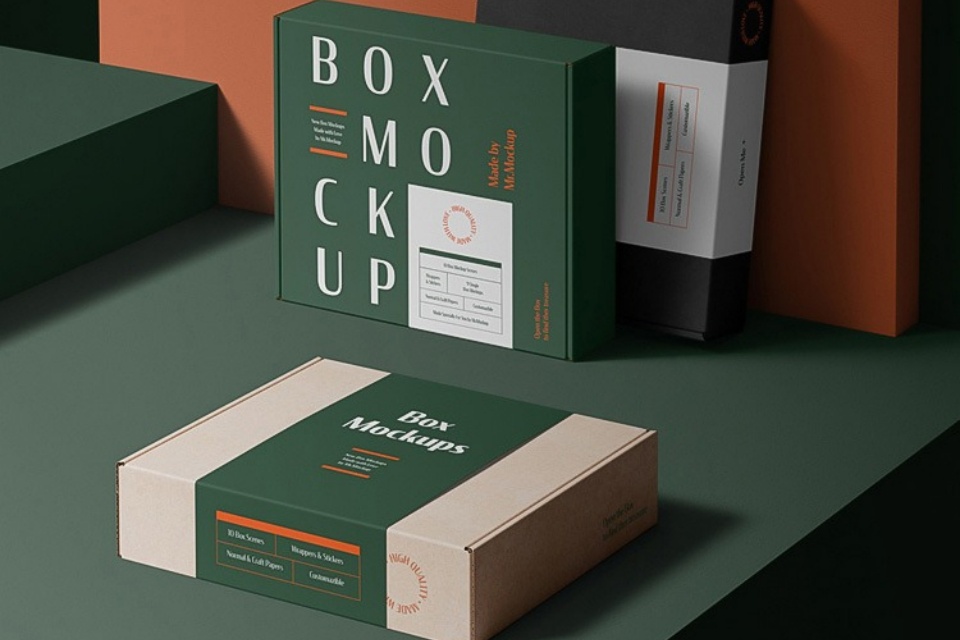
Manufacturing Process
The manufacturing process of colored corrugated boxes involves several intricate steps that ensure the production of high-quality, visually appealing packaging solutions.
Material Sourcing
The process begins with sourcing raw materials, predominantly cellulose fiber derived from wood pulp. Common sources include pine, fir, and cedar trees, especially from sustainable forests in California, Oregon, and Washington. To mitigate environmental impact, many companies adopt eco-friendly harvesting practices to protect local ecosystems and wildlife.
Primary Material Components
Colored corrugated boxes typically consist of three main components: outer liner, inner liner, and flutes. The outer liner is often made from Kraft paper, which provides a smooth surface for printing and some resistance to moisture. The inner liner, usually crafted from test paper or recycled materials, has a rougher finish that is more cost-effective and practical for structural purposes. The flutes, created using specialized machinery called corrugators, add strength and rigidity to the box structure.
Corrugation Process
Once the materials are sourced, a corrugator machine shapes the flutes and adheres them to the liners using starch-based adhesives. The adhesive is custom-made and its composition can be tailored to achieve desired bonding characteristics. The corrugator operates continuously to produce boxes in bulk, allowing for efficient manufacturing.
Printing and Color Application
After forming the basic structure, the next critical step is printing. Flexographic printing is commonly employed for this purpose due to its versatility and efficiency. This method uses flexible photopolymer plates to apply various inks, including specialty inks that enhance the visual appeal of the boxes. The incorporation of metallic, fluorescent, and phosphorescent inks creates unique aesthetic effects that differentiate brands and improve customer engagement. Additionally, scratch-off inks can be used for interactive packaging experiences.
Quality Control and Finishing
Quality assurance is paramount throughout the manufacturing process. Advanced systems are integrated at multiple stages to monitor material conditions, ensuring consistency and minimizing defects. Final inspections involve both automated sensors and trained personnel checking glue lines, dimensions, and print quality to guarantee that all products meet high industry standards. Any deviations are promptly addressed to maintain the integrity and functionality of the boxes, especially for sensitive products like pharmaceuticals and electronics.
Environmental Considerations
Modern manufacturing processes also prioritize sustainability. Waste management systems are implemented to recycle or properly dispose of byproducts, contributing to environmental sustainability goals. By reducing manual handling through automated material handling systems, manufacturers not only lower labor costs but also enhance safety and quality consistency in production.
Through these comprehensive steps, colored corrugated boxes are produced efficiently, ensuring that they are both durable and visually appealing, making them a popular choice for retail packaging across various industries.
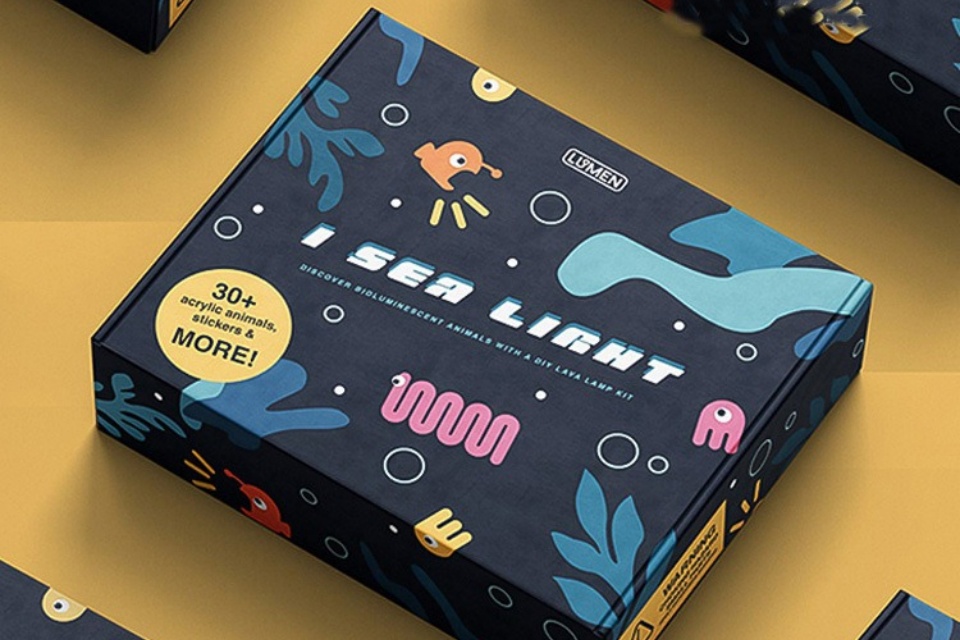
Advantages
Colored corrugated boxes offer a range of benefits that enhance their appeal and functionality in various shipping and packaging scenarios.
Strength and Durability
Colored corrugated boxes are known for their robust construction, which allows them to endure heavy products and withstand various environmental conditions, such as heat and moisture. The bursting strength of these boxes, measured by the Mullen Test, indicates their ability to resist rupturing under pressure, ensuring that they can handle rough handling and transport scenarios effectively. This strength is complemented by the multiple layers of corrugated material, which provide excellent protection against damage during shipping.
Environmental Benefits
One of the significant advantages of colored corrugated boxes is their eco-friendliness. These boxes are made from recyclable materials, reducing the rate of deforestation and minimizing landfill waste. Moreover, their use contributes to lower methane emissions, making them an environmentally friendly choice for consumers who prioritize sustainability.
Customization and Aesthetic Appeal
The versatility of colored corrugated boxes extends to their design, as they can be customized in size, shape, and color to meet specific branding and protective needs. This customization enhances brand visibility and awareness, especially in the growing online shopping market, where unique packaging can attract consumer attention and even encourage social media sharing.
Cost-Effectiveness
Due to their lightweight nature, colored corrugated boxes can contribute to cost reductions in shipping operations, allowing businesses to save on transportation costs without compromising product safety. Their ability to be tailored to fit various products also minimizes material wastage, providing an affordable packaging solution for companies of all sizes.
Enhanced Protection
In addition to their structural strength, colored corrugated boxes exhibit good cushioning effects, which protect internal items from damage during transit. This protective capability is critical for maintaining product integrity and customer satisfaction, especially for fragile items.
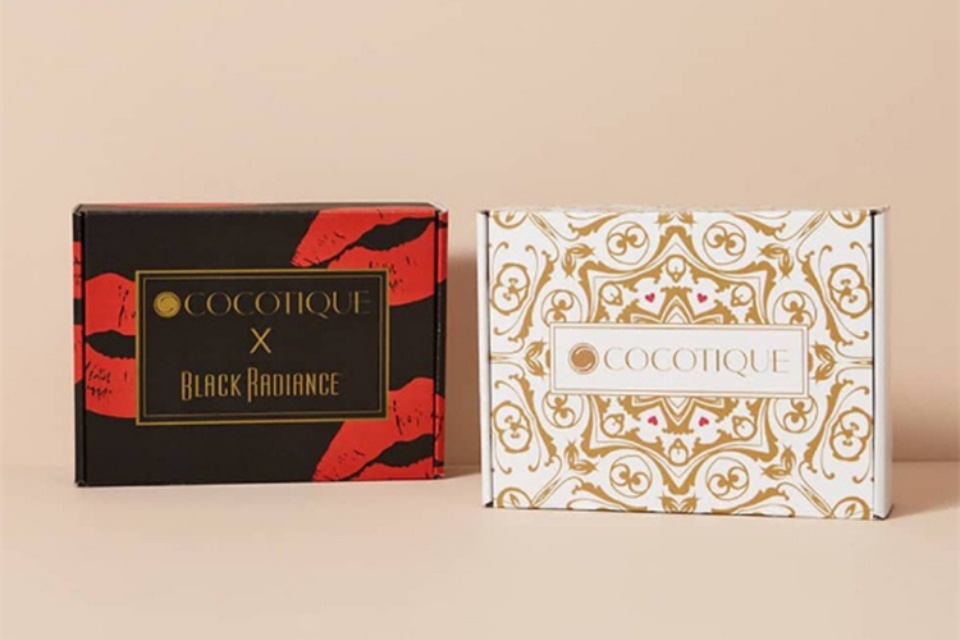
Applications
Colored corrugated boxes are widely utilized across various industries due to their versatility, functionality, and aesthetic appeal. Their applications can be categorized into several key sectors, each leveraging the unique benefits these boxes offer.
E-commerce and Shipping
In the realm of e-commerce, colored corrugated boxes play a crucial role in packaging and shipping products directly to consumers. With over 95% of all products in the U.S. shipped in corrugated boxes, their lightweight and protective nature helps minimize shipping costs while ensuring product safety during transit. Companies often opt for custom-fit corrugated mailers to enhance the customer unboxing experience, which is vital for retaining consumer satisfaction and reducing return rates.
Retail Displays
Colored corrugated boxes are also effective in retail environments as point-of-purchase (POP) displays. Their ability to be designed in eye-catching colors and shapes allows retailers to attract customer attention and drive sales. Interactive elements, such as QR codes and games, can be incorporated to enhance customer engagement. Moreover, storytelling through design helps connect products with consumers on a deeper level, making these displays not only functional but also impactful.
Food and Beverage Industry
In the food and beverage sector, colored corrugated boxes made from food-grade materials are essential for safely transporting and displaying products. They not only ensure hygiene but also enhance brand image through appealing designs that attract consumers. This application highlights the importance of colored packaging in creating a positive perception of food products.
Cosmetics and Beauty Products
The cosmetics and beauty industry also benefits significantly from colored corrugated packaging. High-quality materials and attractive designs in shipping boxes help protect delicate items while simultaneously elevating brand appeal. This combination of protection and aesthetics is crucial for brands aiming to create a memorable customer experience.
Industrial and Manufacturing
In industrial settings, colored corrugated boxes serve practical purposes, including the safe transportation of heavy items. The sturdiness of these boxes ensures product safety, while diverse color options assist in inventory management and product identification within the supply chain.
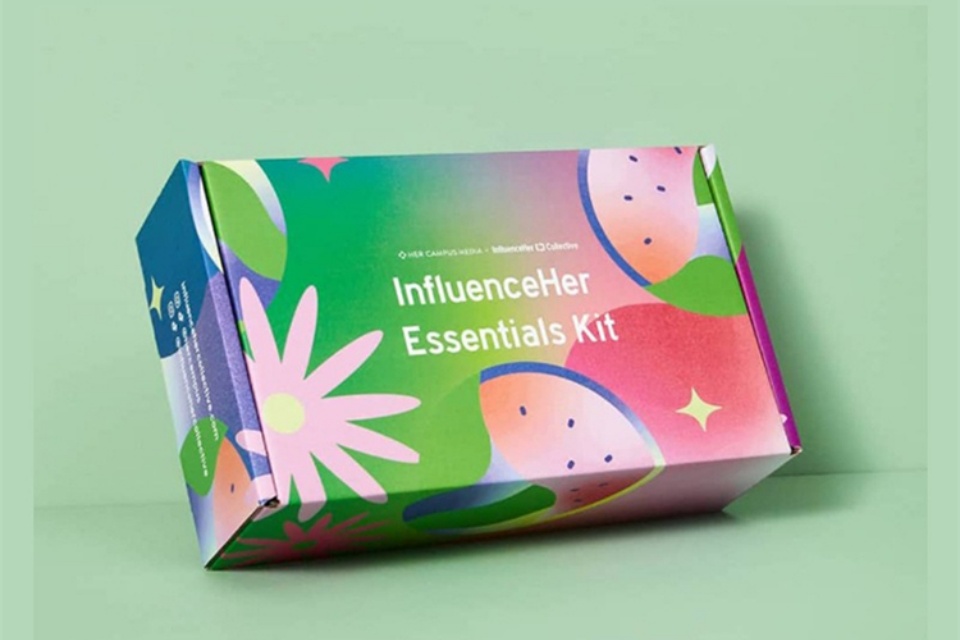
Environmental Impact
The environmental impact of colored corrugated boxes is an important consideration for manufacturers, consumers, and regulatory bodies alike. The production, use, and disposal of these packaging materials entail various ecological considerations, particularly regarding sustainability and waste management.
Importance of Sustainability
Environmental sustainability is becoming a focal point in packaging decisions. Consumers have shown a growing awareness of the environmental profiles of products, with surveys indicating an increase in the importance of sustainability over recent years. However, factors such as price and quality continue to overshadow environmental impact in purchasing decisions, ranking it sixth in importance among packaging attributes in 2025. This emphasizes the need for manufacturers to not only adopt sustainable practices but also to effectively communicate their efforts to consumers.
Materials and Recycling
Colored corrugated boxes primarily utilize recycled fibers, contributing to reduced resource depletion. Approximately 88% of the raw materials for new corrugated packaging are derived from recycled sources. The recycling rate for corrugated boxes in the United States was estimated at 93.6% in 2022, highlighting their prominence as a recyclable material. However, recycling processes face challenges such as contamination from food waste and non-recyclable materials, which can hinder the effectiveness of recycling initiatives. Technological advancements are being leveraged to enhance recycling efficiency, focusing on better fiber recovery and reducing energy consumption during the recycling process.
Environmental Assessments and Practices
Color box manufacturers are encouraged to conduct environmental impact assessments to identify and mitigate the potential risks associated with their operations. By adopting eco-friendly materials and clean production techniques, manufacturers can minimize their wastewater generation and the associated environmental footprint. This includes exploring alternative inks and coatings that have lower pollution potential, as well as implementing sustainable design practices to reduce material usage without compromising the packaging’s integrity.
Quality Control and Recyclability
The integration of sustainability into quality control measures is also critical. Manufacturers are urged to balance the durability and performance of cardboard boxes with their recyclability, ensuring that materials used do not compromise environmental standards. Additionally, the presence of heavy metals in recycled paper products is a concern, necessitating ongoing efforts to improve the safety and sustainability of packaging materials.
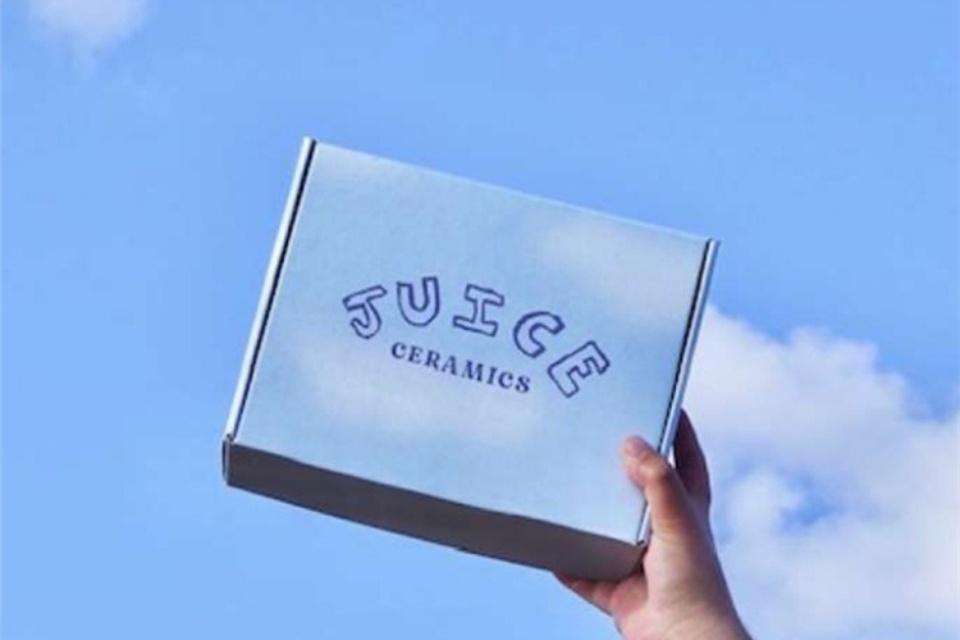
Environmental Impact
The environmental impact of colored corrugated boxes is an important consideration for manufacturers, consumers, and regulatory bodies alike. The production, use, and disposal of these packaging materials entail various ecological considerations, particularly regarding sustainability and waste management.
Importance of Sustainability
Environmental sustainability is becoming a focal point in packaging decisions. Consumers have shown a growing awareness of the environmental profiles of products, with surveys indicating an increase in the importance of sustainability over recent years. However, factors such as price and quality continue to overshadow environmental impact in purchasing decisions, ranking it sixth in importance among packaging attributes in 2025. This emphasizes the need for manufacturers to not only adopt sustainable practices but also to effectively communicate their efforts to consumers.
Materials and Recycling
Colored corrugated boxes primarily utilize recycled fibers, contributing to reduced resource depletion. Approximately 88% of the raw materials for new corrugated packaging are derived from recycled sources. The recycling rate for corrugated boxes in the United States was estimated at 93.6% in 2022, highlighting their prominence as a recyclable material. However, recycling processes face challenges such as contamination from food waste and non-recyclable materials, which can hinder the effectiveness of recycling initiatives. Technological advancements are being leveraged to enhance recycling efficiency, focusing on better fiber recovery and reducing energy consumption during the recycling process.
Environmental Assessments and Practices
Color box manufacturers are encouraged to conduct environmental impact assessments to identify and mitigate the potential risks associated with their operations. By adopting eco-friendly materials and clean production techniques, manufacturers can minimize their wastewater generation and the associated environmental footprint. This includes exploring alternative inks and coatings that have lower pollution potential, as well as implementing sustainable design practices to reduce material usage without compromising the packaging’s integrity.
Quality Control and Recyclability
The integration of sustainability into quality control measures is also critical. Manufacturers are urged to balance the durability and performance of cardboard boxes with their recyclability, ensuring that materials used do not compromise environmental standards. Additionally, the presence of heavy metals in recycled paper products is a concern, necessitating ongoing efforts to improve the safety and sustainability of packaging materials.
Market Trends
The colored corrugated box segment is experiencing notable growth, driven by various market trends and shifts in consumer preferences. As sustainability becomes increasingly important, many companies are focusing on eco-friendly packaging solutions, which significantly impacts the demand for colored corrugated boxes that utilize recyclable and biodegradable materials. The U.S. market for corrugated board packaging is projected to grow at a compound annual growth rate (CAGR) of 3.1% from 2022 to 2027, with the food and beverage, electronics, and retail industries leading this expansion.
Impact of Sustainability on Consumer Behavior
Sustainable packaging is emerging as a crucial factor influencing purchasing decisions. According to a survey by McKinsey & Company, 55% of consumers consider sustainable packaging when making their choices, indicating a strong market demand for environmentally responsible options. Brands that prioritize sustainable packaging can enhance their image and attract eco-conscious consumers, thereby fostering loyalty and encouraging repeat purchases. This shift has led companies to explore innovative materials and designs, positioning colored corrugated boxes as a viable alternative to traditional packaging options.
Growth in E-commerce and Retail
The rise of e-commerce has further fueled the demand for colored corrugated boxes. With the increase in online shopping, there is a growing need for durable and visually appealing packaging that can withstand transit while still attracting consumer attention. The versatility and cost-effectiveness of corrugated materials make them suitable for a wide range of products, driving their adoption in various industries. As retailers continue to seek packaging solutions that enhance the customer experience, colored corrugated boxes that are aesthetically pleasing and functional are likely to see increased usage.
Innovations in Packaging Technology
Market research plays a vital role in identifying trends and innovations within the packaging industry. Companies are continually exploring new technologies and materials, such as smart packaging and unique opening mechanisms, to enhance the consumer experience and maintain a competitive edge. For instance, the integration of biodegradable options and advancements in printing techniques for colored corrugated boxes can meet both aesthetic and environmental requirements, appealing to a broader audience.
